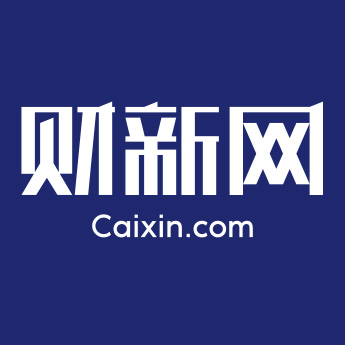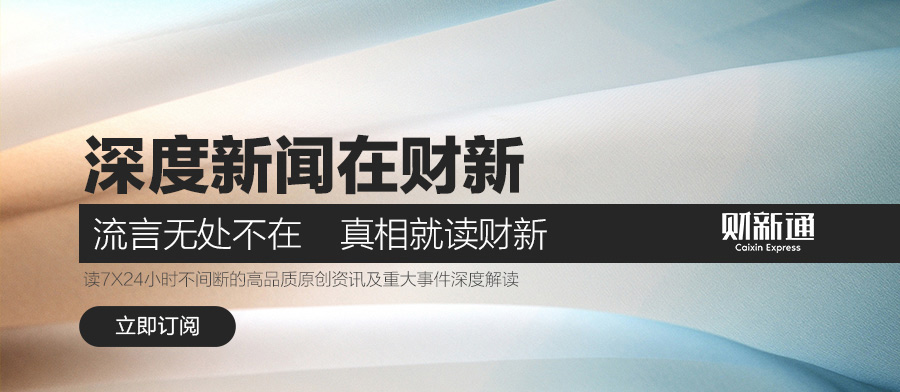阅读:0
听报道
The latest GDP growth and unemployment rates signal a steady recovery of the US economy. The US has gone from a GDP contraction and 10 percent jobless rate in 2009 to an estimated 2.3 percent growth rate and less than 4 percent unemployment last year. This recovery is real and puts the US ahead of other developed countries.
The recovery, which has been developing for years, is driven by the US business cycle. The policies implemented by the Trump administration, such as capital expenditure expansion, bigger infrastructure investment and tax reforms, haven't taken effect yet. Even without Donald Trump, the US economic recovery would have continued. But the impact of the president's policies cannot be underestimated.
Tax reform and infrastructure investment may not boost the economy by much, but they will shore up expectations, especially for the profits of US companies, and eventually attract more capital to the US.
The recent US stock market tumble doesn't mean that the recovery has stumbled. Equities sank because the market had become detached from economic reality, and market volatility had sunk to historical lows. The main reason for the tumble was concern that the Federal Reserve Board would pursue tighter-than-expected monetary policy to fight inflation.
In 2018, the Fed is expected to raise interest rates three times, and maybe more than three times if inflation gets too high.
The US inflation rate stayed within the goal of 2 percent last year, and core inflation (minus energy and food) was still about 1.6 percent to 1.7 percent. There will be a noticeable rise in core inflation if global oil prices surge. Since the US economic growth has already exceeded the potential growth rate, tax cuts or infrastructure investment will allow more fiscal expansion, and that will in turn lead to higher core inflation. If Fed tightening exceeds expectations, US stock and bond markets will experience more pressure this year.
The fast appreciation of the yuan against the US dollar will affect China. While the yuan's exchange rate against a basket of currencies has been relatively stable, one-way yuan appreciation expectation is the real danger that must be avoided. In this situation, hot money will flow into the Chinese market since the current policy encourages capital inflows. Hot money can push up the prices of assets such as stocks and property and undermine the financial supervision of the People's Bank of China (PBC) and other regulators. Therefore, the PBC should not allow the yuan to appreciate too fast.
It is unlikely that the US dollar will keep weakening, and consolidation at the current level is more probable. The market appears be headed for more volatility this year, and trade conflicts and global geopolitics will be heated. These factors will trigger more risk aversion on the global level.
Developed economies including US, Europe and Japan have been on the uptrend, which is good news for China. A rebound in exports lifted GDP growth in China from 6.7 percent in 2016 to 6.9 percent in 2017. But domestic demand in China is still on a downward trend, if exports are excluded. Exports outperformed due to a global economic rebound. While global economic growth benefits China, it is uncertain that the synchronized recovery will be sustained this year.
In 2018, the global economic recovery is likely to expand, but at varying paces. Some countries will not perform as well as others. China's export outlook faces uncertainties. The yuan appreciated faster so far this year, while intensified trade friction may affect external demand. Exports will grow, but probably not by a double-digit pace as in 2017.
It seems that China hitched its wagon to the global economic recovery last year. But it is a question if this can be repeated.
China will have to rely on domestic growth instead of exports, and more must be done to reinforce consumption upgrading and manufacturing transformation. State-owned enterprises remain more profitable than private companies, so there isn't enough driving force for the nation's economic transformation.
The government has provided support policies and funds for this process, although government guidelines never achieve an optimal allocation. The transformation will have to be market-directed to achieve better outcomes.
The author is the chief economist of Pingan Securities Co and a senior fellow with the Institute of World Economics and Politics at the Chinese Academy of Social Sciences.
注:本文发表于环球时报英文版,转载请注明出处。
话题:
0
推荐
财新博客版权声明:财新博客所发布文章及图片之版权属博主本人及/或相关权利人所有,未经博主及/或相关权利人单独授权,任何网站、平面媒体不得予以转载。财新网对相关媒体的网站信息内容转载授权并不包括财新博客的文章及图片。博客文章均为作者个人观点,不代表财新网的立场和观点。




 京公网安备 11010502034662号
京公网安备 11010502034662号 